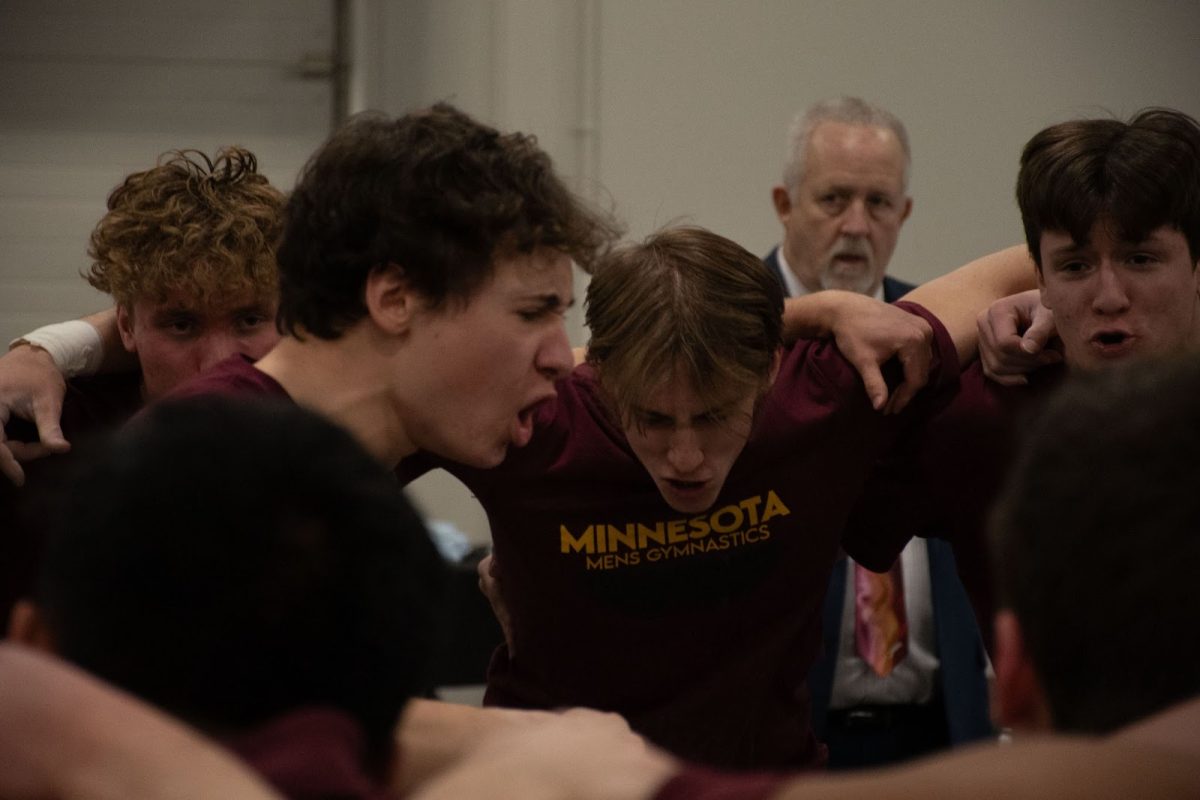One in six University of Minnesota students worries about running out of food, according to a Boynton Health Service survey conducted earlier this year.
For the first time the BHS College Student Health Survey included a question asking students about food insecurity and how it affects them.
Some health administrators don’t know yet what to make of the results. The survey’s results showed that 17.5 percent of students reported worrying about whether their food would run out before they had money to buy more. Another 10 percent reported that they experienced a food shortage and lacked money to get more within the past 12 months.
The question was not added in response to a specific problem at the University said Dave Golden, director of public health and communications.
“The question was added more out of interest to the nutrition section … and it was suggested by people in public health,” Golden said.
The results are yet to be analyzed, and their overall implications are unknown, he said.
“We know we got this percentage of students that have some insecurity around their food, and it does have some potential implications as a major stressor and other problems that are attached to it,” Golden said.
Helene Murray, executive director of the Minnesota Institute for Sustainable Agriculture, said food insecurity, which is when people don’t have access to food at affordable prices, is a major discussion topic for sustainable agriculture groups.
She said the number of students reporting food insecurity is too high, and there are many ways to address the issue such as food banks and food shelves.
Community-supported agriculture could also help, she said. CSAs allow communities to pay a farmer upfront for an amount of food to be delivered each season.
Murray said it’s important that the University reduces the number of students who experience food insecurity.
But Jason Beddow, a food security expert and professor in the applied economics department, said researchers need to do more analysis in order to get a complete picture of the situation.
Besides general factors like age, residence and gender, economic factors like income and food prices also affect food security; and food is cheaper now than it was in the 1980s when adjusted for inflation, he said.
Golden said there will be more analysis of the results because there are variables that might have been unacccounted for in the initial survey results.
“We don’t even have a gender split on [the data] yet,” Golden said.
He also said students living in residence halls will experience less insecurity about their food than students living off campus.
Golden said an analysis of the survey results is expected to be released by the end of November.









